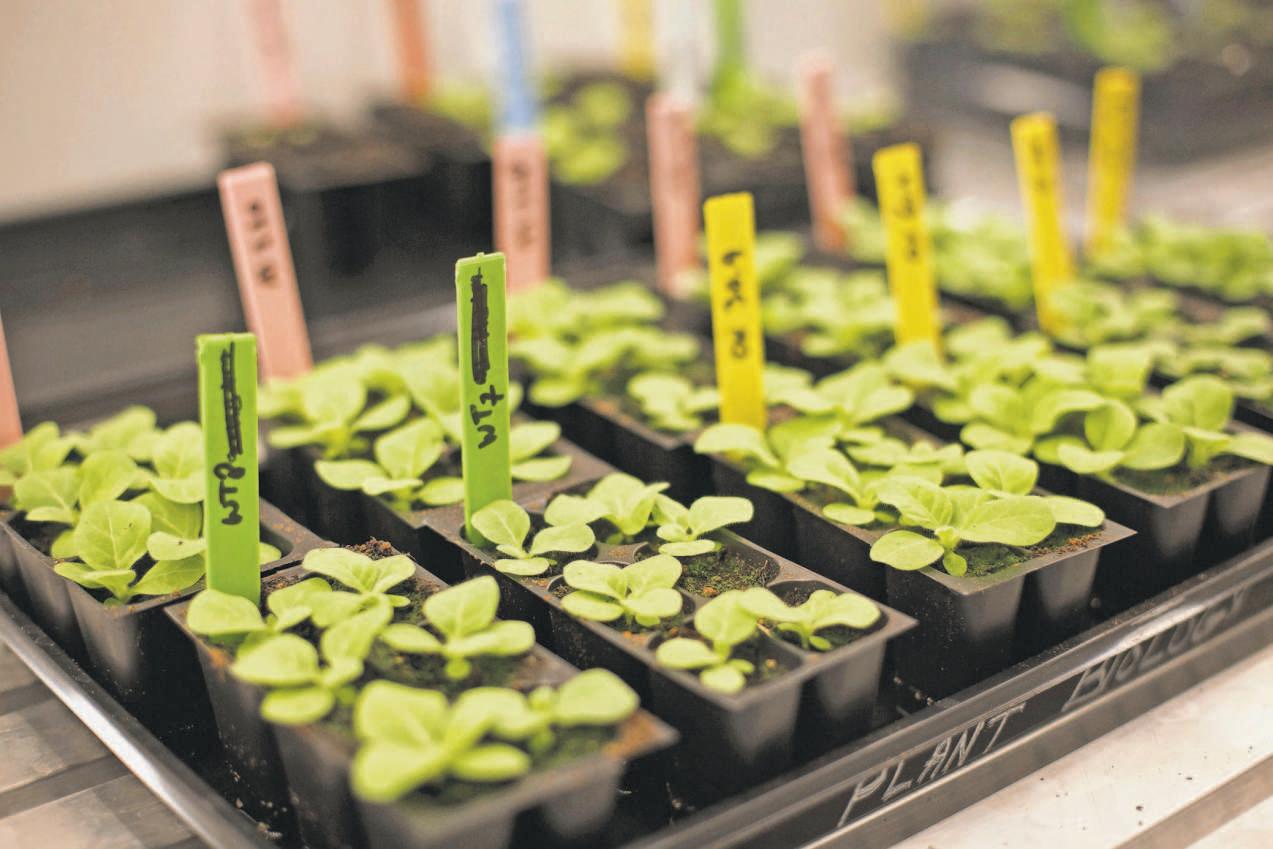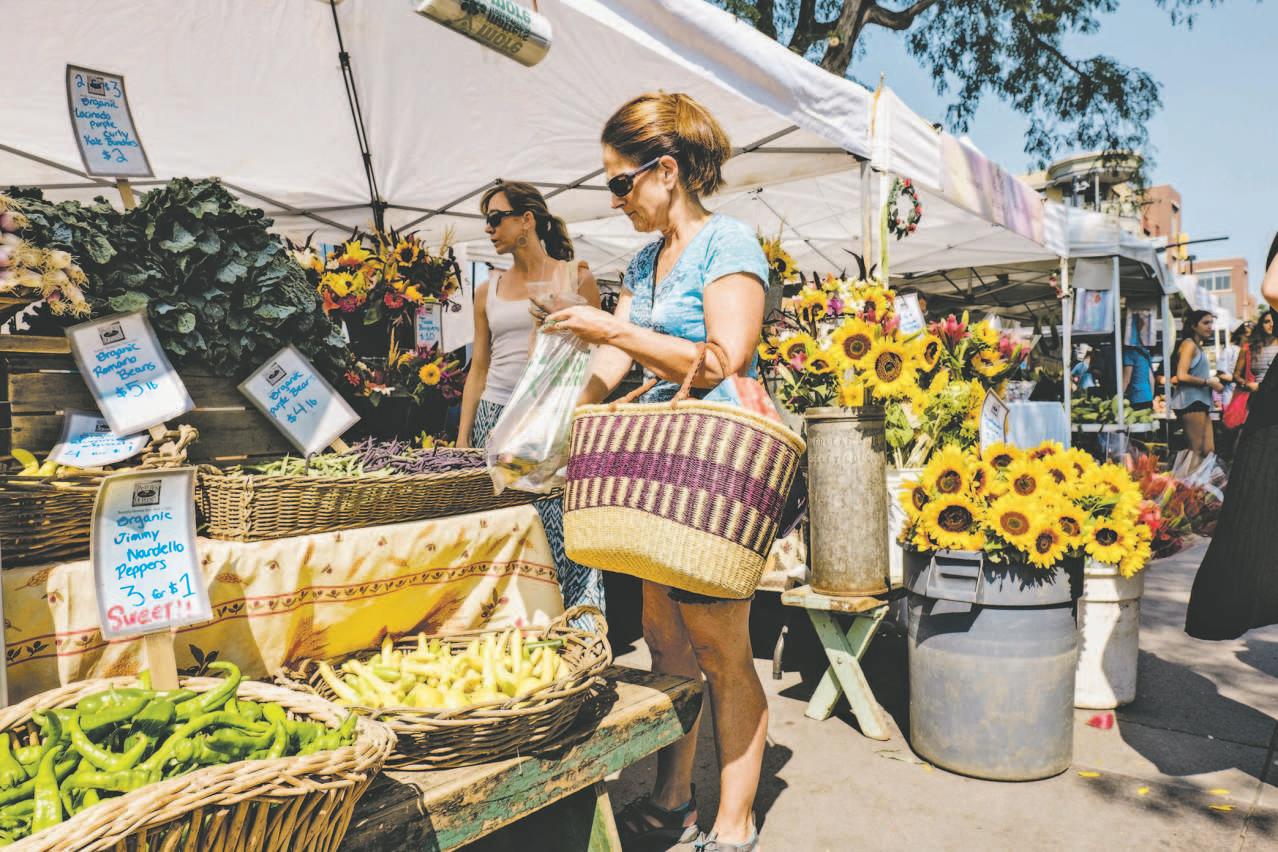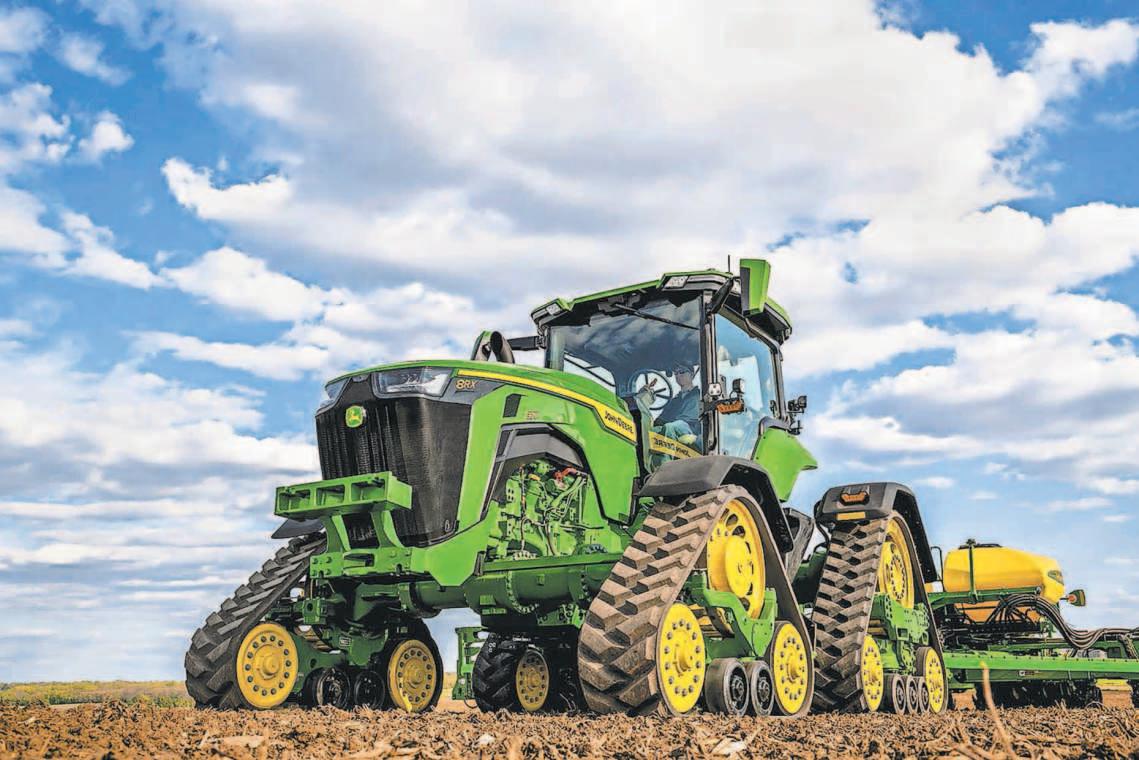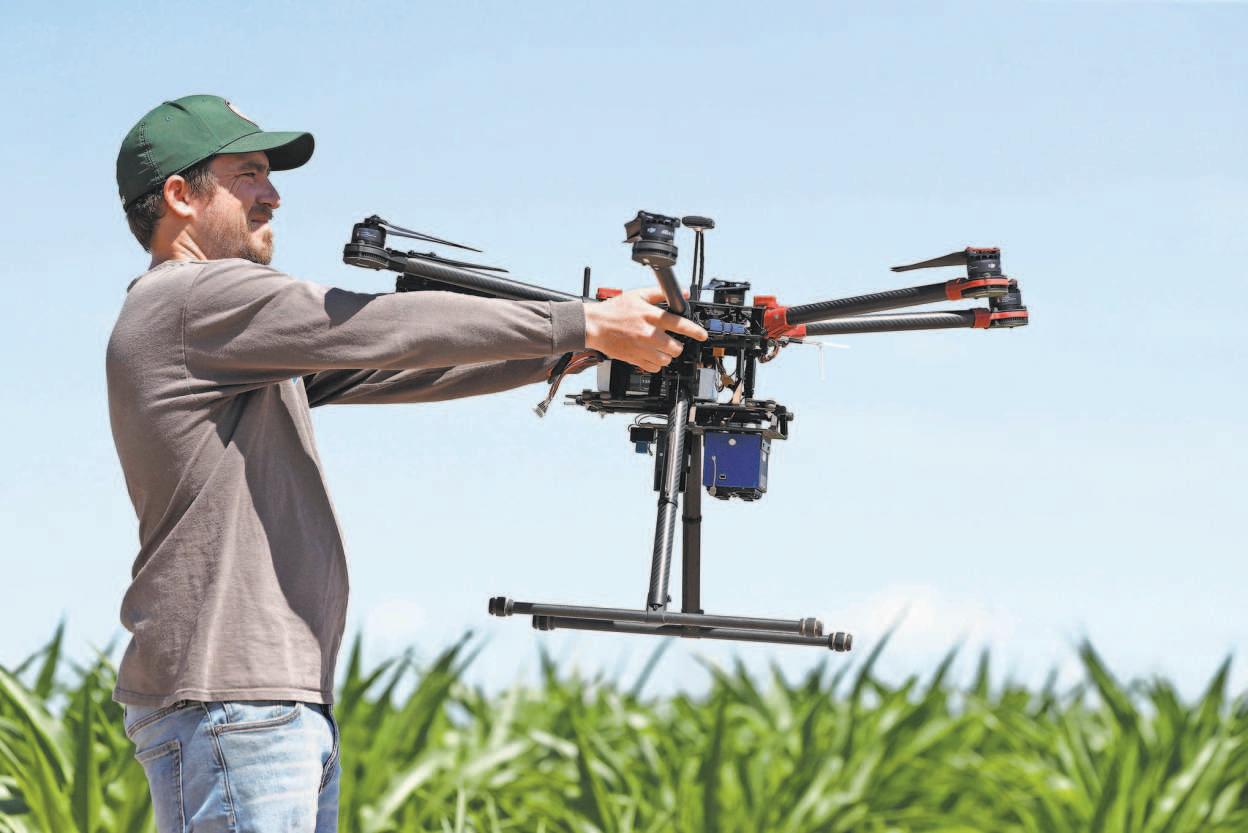52
USA TODAY SPECIAL EDITION
TECHNOLOGY
Harvest’s CROO machine HARVEST CROO ROBOTICS
A FARMER MIGHT ONLY HAVE TIME TO GO THROUGH A HENHOUSE TWICE A DAY, BUT A ROBOT CAN MONITOR ACTIVITY
24/7
Global Unmanned Spray System (GUSS) GUSS AUTOMATION
the night and early morning. It’s the equivalent of a 25- or 30-person crew,” he said. Rather than try and sell the machine to cash-strapped farmers, Harvest CROO’s business model calls for the delivery of harvesting as a service. “We will own the machines, and the growers will pay us weekly on a per-box basis, the same way they pay their workers now. There won’t be any capital outlays for growers to worry about,” Wishnatzki said. Money is likewise a prime con-
sideration at EarthSense. “Our goal is to bring the cost to under $5,000 (per robot) when it is produced in mass quantities, which should be in a couple of years,” said co-founder and chief technical officer Girish Chowdhary. In addition to aiding farmers, Chowdhary said his robot could help seed developers to more effectively test new varieties of plants. “Soil, rainfall and temperature in Illinois will be very different from the conditions in Texas, so the seed
companies have to go through this very complicated development process, planting hundreds of different categories in different places,” he said. A robot could analyze data from those test beds far more efficiently than a human. Then there are the chickens. The funny thing is they will all lay eggs in boxes, just like they are supposed to, until one lays an egg on the ground. Then they all start doing it, according to Doug Britton, manager of the agricultural technology research program at the Georgia Tech Research Institute. Britton thinks he has a solution to this problem. He’s developing a robot, dubbed the Grow Out, that rolls through a grow house checking the temperature, looking for disease and scooping stray eggs off the ground to return them to their boxes. “That’s just what the farmer would do, but the farmer (might) only go through twice a day, where a robot can be in the house 24/7,” he said. And at Homestead Dairy in Plymouth, Ind., co-owners Brian and Jill Houin have installed a robotic milking system. In their fully automated dairy barn, a cow is fed a treat, has its udders washed and gets milked — all in less than 7 minutes. “It makes the job better for the employees. It’s not as monotonous, and it’s less physically demanding, so we have less turnover,” Jill Houin said. “It also gives them more time to spend looking at the cows and their health.” Others are looking at robots to alleviate safety concerns. Take for instance GUSS — the Global Unmanned Spray System. “We are spraying various pesticides, fungicides, things like that, and while the employees all get protective equipment, there is always a chance for accidental exposure to those materials,” said Gary Thompson, chief operating officer at Kingsburg, Calif.based GUSS Automation. Robotic orchard spraying means a safer work environment. All these different robots could help to reshape the way farmers operate, making their land more productive and their businesses more successful. “The promise is that there will be more crops, and more hardy crops, and the farmers will have more time to focus on their businesses, rather than being out in the fields from morning until night,” Haley said.














